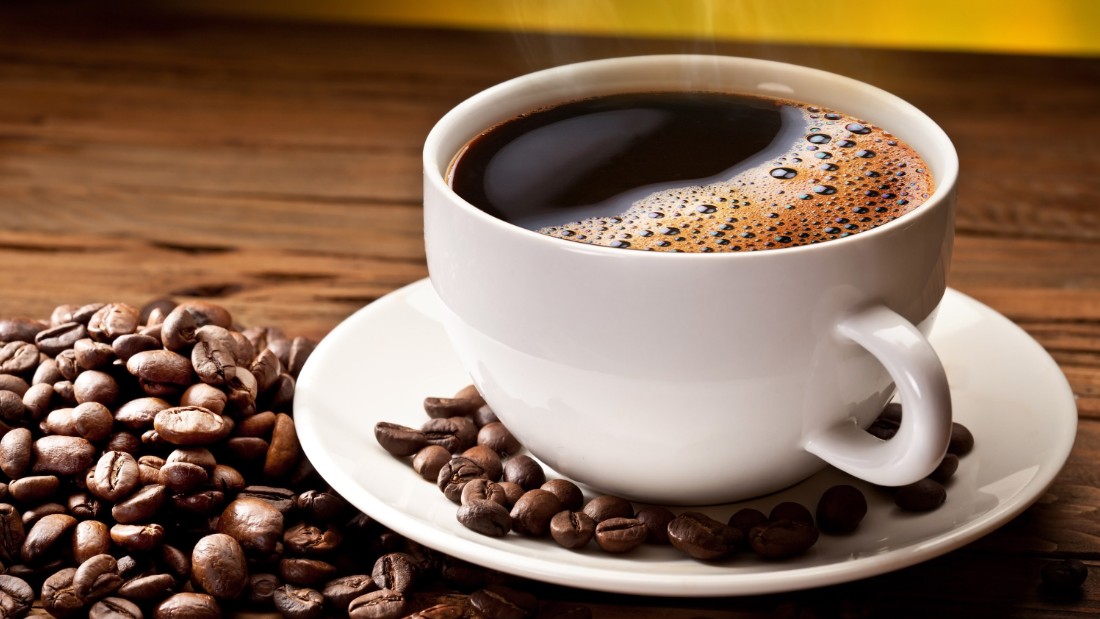Source: LiveScience
Victor Liaw
On March 14th, mathematicians and nerds around the world will celebrate “Pi (3.14) Day”. It is a celebration of the math symbol, π, a ubiquitous constant that is found in many essential equations in both math and science, especially with circles. Perhaps the modern fascination for the number comes from its irrational nature; though computers have calculated trillions of digits for pi, its exact value will never be known. The practice of piphology, defined as the memorization of pi’s digits, is evidence of the dedication to the number by some mathematical zealots. To others, Pi Day may just be an excuse to indulge in some nice pie. Ultimately, Pi Day serves to commemorate the existence of a simplistic yet essential number that forms the basis of our understanding of math.
Recently, some mathematicians have protested against the Pi Day festivities. Rather, these individuals insist that the math symbol ‘tau’ should be celebrated instead. For background, the derivation of pi comes from dividing a circle’s circumference by its diameter, a value which remains constant regardless of the size of the circle. The proponents of ‘Tau Day’, however, believe that a circle’s diameter does not really encapsulate the significance of the circle. Instead, it is the circle’s radius that should be celebrated. Since the circle is the only shape whose radius is constant throughout, these individuals believe tau to be the appropriate and correct value to commemorate the shape . By substituting the value for diameter with radius, the value of this constant, called ‘tau’, comes out to be exactly twice the value of pi (around 6.28). Thus, June 28th is the holiday celebrated by the ‘true’ lovers of circles and math. But despite their efforts to bring about change, ‘Tau Day’ continues to be overshadowed by the much more popular ‘Pi Day’, most likely because people have never heard of tau.
Which math symbol do you think should be celebrated? The classic and popular pi, or the less-known but ‘more appropriate’ tau? I may be biased, but I heard they serve twice as much pie on Tau Day 🙂


